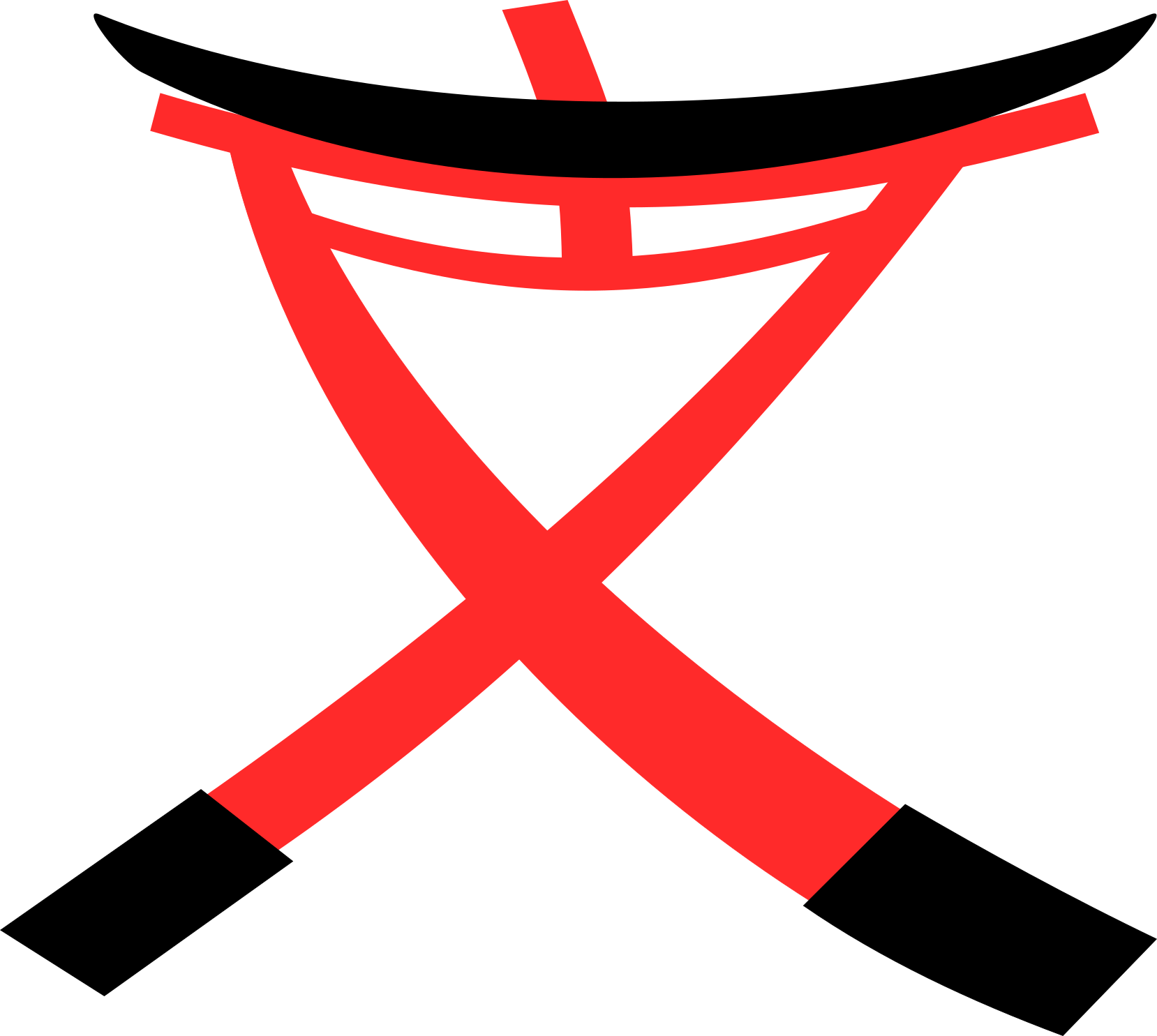What is Okurigana?
Okurigana (送り仮名) are hiragana suffixes attached to words written with kanji characters. These suffixes are used to distinguish inflectional tails and to provide clues about the word's reading.
Background
The modern Okurigana application rules were developed by the Special Committee on National Language (国語審議会). In 1972 they were submitted to the Minister of Education (文部大臣) and ultimately to the Cabinet of Japan (内閣) for review and acceptance.
In 1973 (昭和48), the Cabinet issued the rules as part of Cabinet Notification No. 1, replacing the previous 1959 (昭和34) rules in entirety. The 1973 "Cabinet Application Rules" have largely remained unchanged, except for minor updates in 1981 (昭和56) and 2010 (平成22), after parallel updates were made to the Joyo Kanji lists.
The Cabinet Application Rules can be found on the 文部科学省 (MEXT) website or the child agency 文化庁 (ACA) website. Both sites have the same information, but the ACA version is more readable.
Language Standardization
Okurigana had been used for a millennia, but standardization efforts didn't begin until the turn of and early half of the last century.
Norinaga Motoori pioneered a new era of National Language study (国語) in the late 18th century. Later, in the Meiji period, the Japanese began efforts to standardize aspects of the language using Western methods of analysis.
The mid-20th century saw the fruition of many standardization efforts including spelling rules (仮名使い), okurigana, and even Joyo Kanji lists, among other things.
Translation Notes
The next several pages are my translations of the Cabinet Application Rules for Okurigana (links to the Japanese text are provided above). To distinguish editorial comments from translation, boxes like the example below are used.
Translator's Annotations
Comment boxes such as this are used to distinguish editorial comments from the translation of the Cabinet Rules.
Examples provided in the Cabinet Rules are not translated, however, as the focus is on the okurigana patterns not the meaning of the words. Furigana has been added in some cases to aid the Western reader.
The formatting of the ACA version has been observed, except where minor additions such as tabular forms will aid the understanding of the Western reader.
